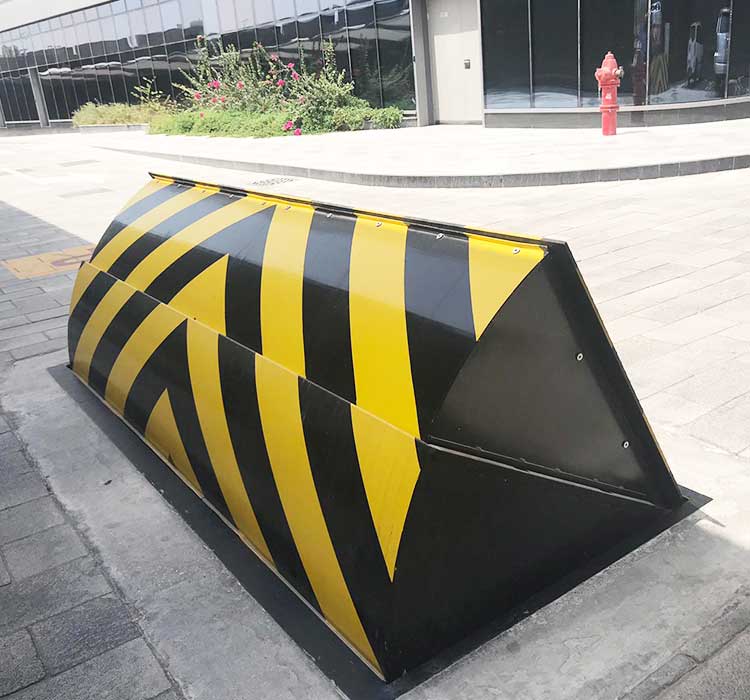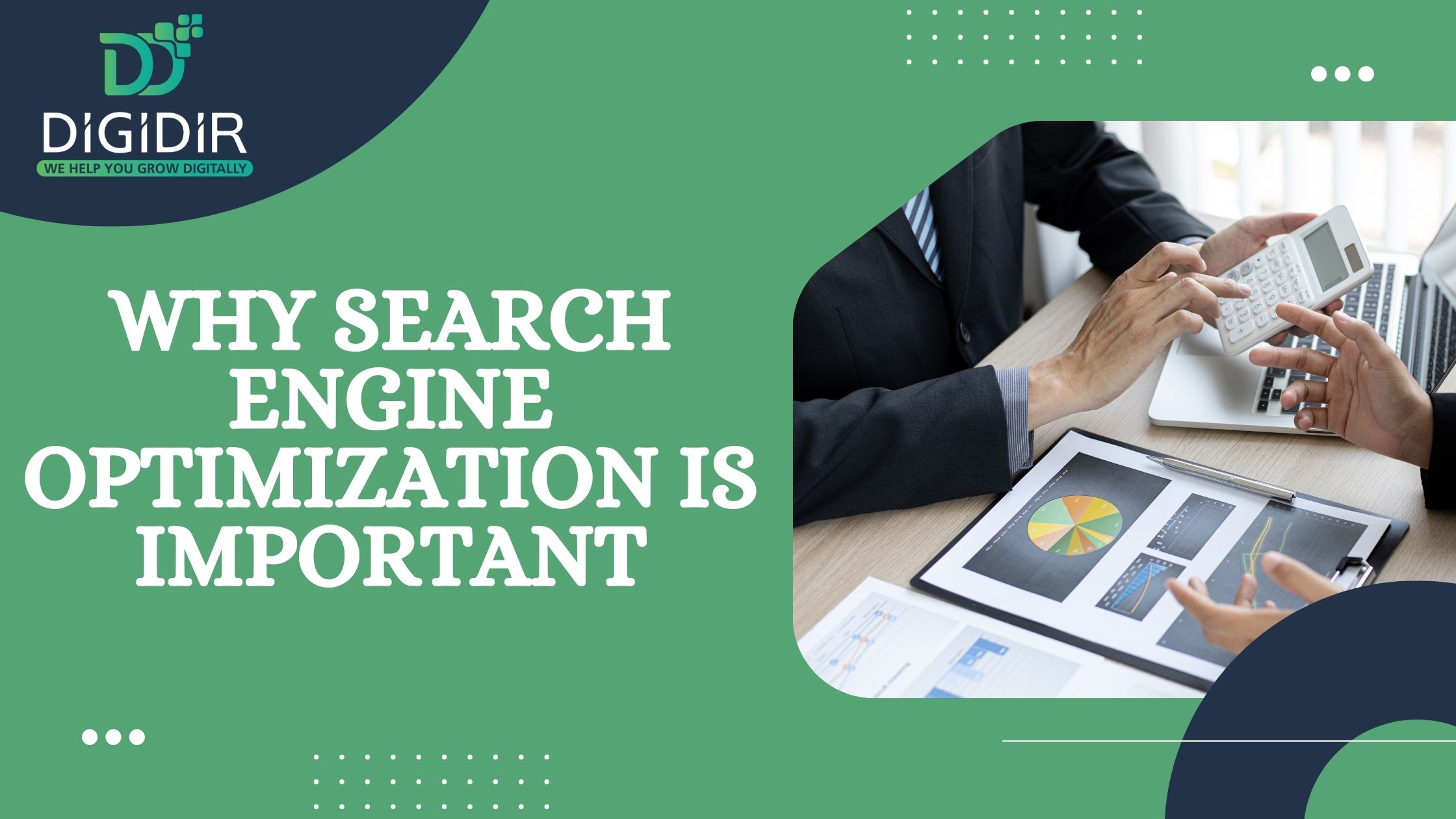In an increasingly uncertain world, the need for robust security measures has never been more pronounced. Threats to people, property, and critical infrastructure are diverse and constantly evolving. This has led to the development of comprehensive security solutions, and two vital components in this arena are LPS 1175 and HVM (Hostile Vehicle Mitigation). This article explores how these two concepts can work together synergistically to provide a heightened level of protection.
Understanding LPS 1175
LPS 1175, or the Loss Prevention Standard, is a rigorous and internationally recognized security standard. It was developed by BRE Global, an independent organization known for its expertise in fire, security, and environmental testing and certification. The LPS 1175 standard classifies various security products based on their resistance to forced entry and other physical attacks. This classification system ranges from LPS 1175 Security Rating 1 (SR1) to the highest level, LPS 1175 Security Rating 8 (SR8).
LPS 1175 testing involves subjecting security products like doors, windows, and barriers to simulated intrusion attacks, including tools like crowbars, power drills, and cutting equipment. The products are then rated based on their ability to withstand these attacks for a specified duration.
Hostile Vehicle Mitigation (HVM)
Hostile Vehicle Mitigation, or HVM, is a security concept designed to protect against vehicular attacks. These attacks can take various forms, including ramming a vehicle into a building or crowded area. HVM measures aim to prevent or mitigate the damage caused by such attacks.
HVM solutions can range from bollards and barriers to road blockers and fences, each with different levels of impact resistance. The selection of the appropriate HVM measures depends on factors like the location’s vulnerability, the type of facility, and the anticipated threat level.
The Synergy Between LPS 1175 and HVM
The combination of LPS 1175 and HVM represents a powerful synergy in comprehensive security. Let’s delve into how these two concepts work together to provide an enhanced level of protection:
-
Enhanced Physical Security
When LPS 1175 and HVM are combined, they create a multi-layered security system that addresses both human intrusion and vehicular attacks. LPS 1175-rated doors, windows, and barriers provide robust protection against unauthorized access, while HVM measures like bollards and road blockers safeguard against vehicle-based threats.
By implementing both LPS 1175 and HVM measures, a facility can significantly enhance its physical security, making it a challenging target for malicious actors.
-
Site-specific Risk Assessment
One of the key advantages of combining LPS 1175 and HVM is the ability to conduct a site-specific risk assessment. This assessment considers the unique security needs and vulnerabilities of a particular location. By evaluating factors such as the facility’s purpose, location, and surrounding environment, security experts can design a tailored security solution that incorporates LPS 1175 and HVM measures where they are most needed.
-
Deterrence and Delay
Comprehensive security is not only about protection but also about deterrence and delay. LPS 1175-rated products are known for their ability to delay unauthorized access, making it difficult for intruders to breach a facility quickly. This delay can buy precious time for security personnel or law enforcement to respond.
HVM measures act as a visual deterrent. When potential attackers see robust barriers and bollards in place, they are less likely to attempt an attack, as it would likely fail or be significantly impeded. The combination of LPS 1175 and HVM creates a formidable security presence that can deter malicious intent effectively.
-
Scalability and Flexibility
The synergy between LPS 1175 and HVM allows for scalability and flexibility in security solutions. Facilities can adapt their security measures to changing threat levels or operational requirements. For instance, during high-threat situations, a facility may choose to deploy additional HVM measures, such as temporary barriers, while maintaining its LPS 1175-rated access control.
This adaptability is invaluable in today’s dynamic security landscape, where threats can evolve rapidly.
-
Compliance with Regulations and Standards
In many countries and industries, there are specific regulations and standards governing security requirements. Combining LPS 1175 and HVM measures helps facilities meet or exceed these requirements, ensuring compliance with local and international standards.
This compliance not only enhances security but also minimizes legal and liability risks for the facility owner or operator.
Real-world Applications
The synergy between LPS 1175 and HVM is not limited to theory; it has been successfully applied in various real-world scenarios. Here are some examples of how these two concepts work together to create comprehensive security:
-
Critical Infrastructure Protection
Critical infrastructure, such as power plants, transportation hubs, and government buildings, requires a high level of security. LPS 1175-rated doors, windows, and access control systems are combined with HVM measures like bollards and road blockers to create a robust security perimeter. This protects against both unauthorized intrusion and potential vehicle attacks.
-
Retail and Commercial Facilities
Retail and commercial facilities can face threats ranging from burglaries to ram raids. LPS 1175-rated security products are used to secure access points, while HVM measures like bollards and barriers prevent vehicles from crashing into storefronts. This combined approach enhances both asset protection and public safety.
-
Event Security
Large events, such as sporting events and concerts, require enhanced security to protect the attendees and the venue itself. LPS 1175-rated access control systems are utilized to control entry points, while temporary HVM measures like portable barriers can be deployed to prevent vehicle-based attacks. This flexible approach ensures that event security can adapt to changing needs.
Conclusion
In a time characterized by increasingly intricate and varied security threats, the need for a comprehensive approach becomes imperative. The interplay between LPS 1175 and HVM emerges as a potent solution, unifying safeguards against both human intrusion and vehicular assaults. Through the enhancement of physical security, the facilitation of site-specific risk assessments, and the provision of mechanisms for deterrence and delay, this strategy establishes a multi-faceted defense system that is highly adaptable, in line with regulatory standards, and versatile in addressing a broad spectrum of practical scenarios. The collaboration between LPS 1175 and HVM not only ensures the protection of assets and infrastructure but also actively contributes to the enhancement of public safety, rendering it a valuable strategy for security system supplier operating within the ever-evolving landscape of security and risk mitigation.




